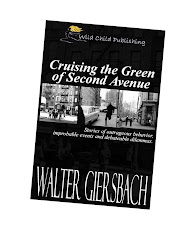 |
| Forest Grove, Oregon: My Hometown c. early 1950s |
His descriptions challenged my
memories because I was a product of Forest Grove Oregon’s Central elementary
school and Harvey Clark middle school.
(Clark was founder of the town’s Pacific University and, ironically,
created the first school there in the 1840s to educate Native Americans,
mixed-race children and orphans.)
In the 1940s and ‘50s I saw no
prejudice. But then, Forest Grove had no
blacks, no Latinos, no more Indians and — possibly—just a handful of Jews or
Asians. It was accepted knowledge that
these people were not allowed to spend the night in town. Mexican migrants could work the fields, but
no one knew where they stayed. I saw the
first and only blacks when we drove into Portland 20 miles away. Pacific had a number of Hawaiian and Japanese
students, but they weren’t “townies” so they didn’t count.
Will Forest Grove ever be exposed
to people who are “different”? Oregon
has its legacy of the black exclusion law enacted in 1844 that ordered whipping
of blacks — 39 lashes once every six months — until they left the
territory. Today, African-Americans make
up only 2 percent of Oregon’s population, Latinos 12 percent and Asians 4
percent.
Perhaps in the more progressive
parts of our country, we’ve answered the question, “Can’t we all learn to get
along?”


